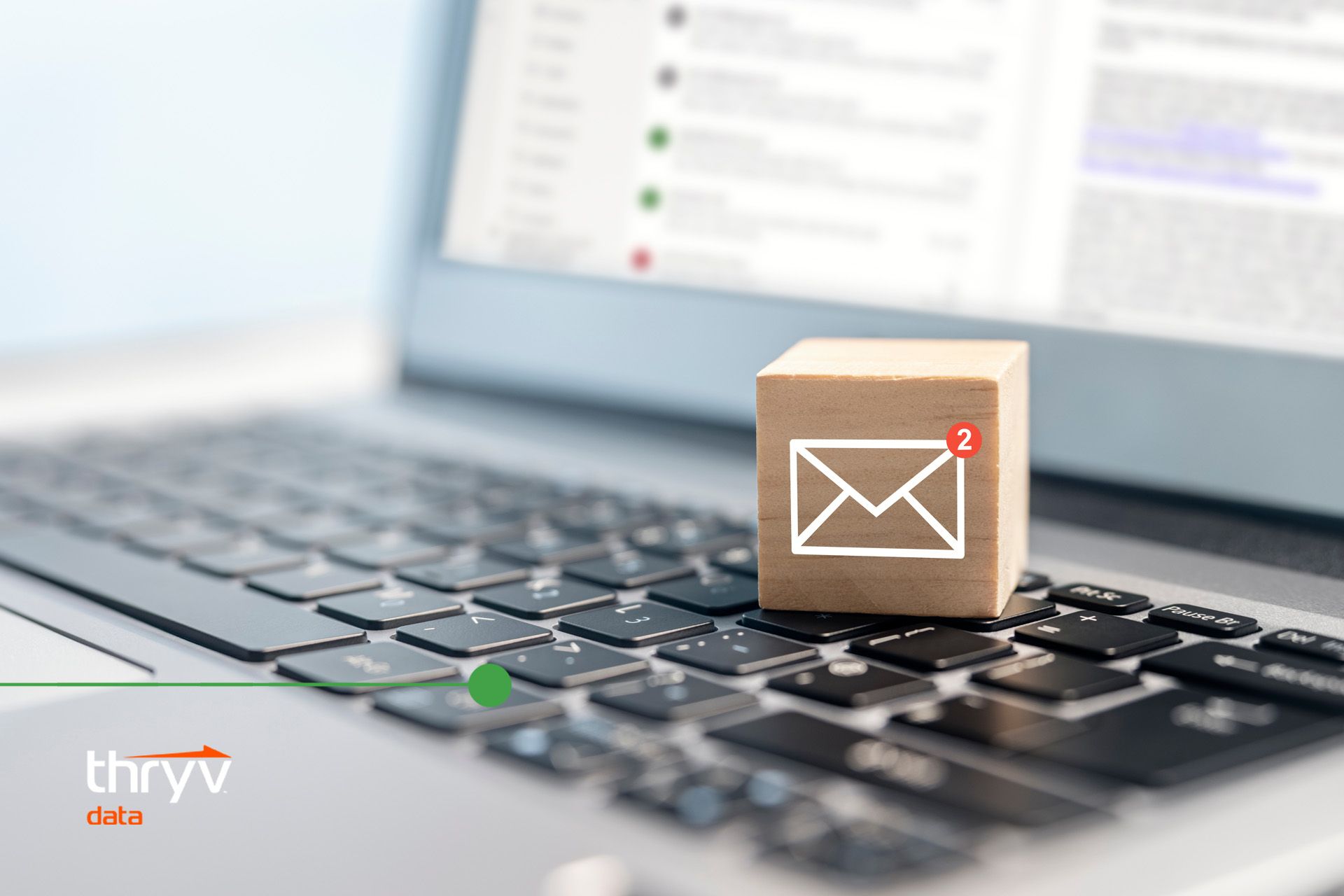Why live data validation is crucial for your business - a comprehensive guide
Introduction
In today's data-driven business landscape, data validation has become more critical than ever before. Live data validation is a process of verifying the accuracy and completeness of data in real-time, as it enters the system. It helps ensure that data is valid, consistent, and reliable, which in turn helps businesses make informed decisions and optimize their operations.
Implementing live data validation is crucial for modern businesses to minimize the risks of data errors, data breaches, and data-related costs. By validating data in real time, businesses can detect and correct data errors before they cause any significant problems. Additionally, live data validation helps ensure compliance with regulatory requirements and industry standards.
This comprehensive guide covers the importance of live data validation, its benefits, and how to implement it effectively in your business. We'll also discuss the challenges associated with live data validation and provide some examples of how different industries use live data validation to optimize their operations. By the end of this guide, you will have a better understanding of why live data validation is crucial for your business and how to implement it effectively.
What is live data validation?
Live data validation is a process of verifying the accuracy and completeness of data in real-time, as it enters the system. It helps ensure that data is valid, consistent, and reliable, which is critical for making informed decisions and optimizing operations in data-driven industries. Unlike batch processing, which validates data in batches after it has been collected, live data validation detects and corrects errors as soon as they occur.
Live data validation is essential in data-driven industries where data accuracy is crucial, such as healthcare, finance, e-commerce, and manufacturing. In healthcare, for example, live data validation helps ensure patient safety by detecting and correcting errors in real-time, such as incorrect patient information or medication dosage errors. In finance, live data validation helps detect and prevent fraud by validating transactions in real-time. In e-commerce, live data validation helps ensure accurate product information and pricing. In manufacturing, live data validation helps ensure the quality of products by detecting and correcting errors during the production process.
Benefits of live data validation
Implementing live data validation can bring a range of benefits to modern businesses. Some of the key benefits of live data validation include:
- Improving data accuracy and quality: Live data validation ensures that data is accurate and reliable, which is critical for making informed decisions. By detecting and correcting errors in real-time, businesses can avoid the negative consequences of inaccurate or incomplete data, such as incorrect reporting, customer dissatisfaction, or lost revenue.
- Enhancing data security: Live data validation helps improve data security by detecting and preventing fraudulent or malicious data from entering the system. By validating data in real-time, businesses can identify and block suspicious activities before they cause any significant harm.
- Reducing data-related costs: By validating data in real-time, businesses can avoid the costs associated with correcting errors and cleaning up data after the fact. This includes costs related to data duplication, data cleaning, and data processing.
- Improving decision-making and business operations: Live data validation provides businesses with accurate and reliable data, which is essential for making informed decisions and optimizing business operations. By ensuring that data is accurate and complete, businesses can gain insights into customer behaviour, market trends, and operational efficiency, leading to better decision-making and improved business outcomes.
Examples of live data validation in different industries
Live data validation is used across various industries to ensure the accuracy and consistency of consumer data in real-time. Here are some examples of how different industries use live data validation:
Retail: In retail, live data validation helps ensure that customer information is accurate and up-to-date. By validating customer information in real-time, retailers can avoid customer dissatisfaction, lost revenue, or legal issues related to inaccurate or outdated customer data.
Finance: Live data validation is used in finance to detect and prevent fraudulent activities related to consumer data. By validating consumer data in real-time, financial institutions can detect suspicious activities, such as identity theft or account takeover, and take appropriate action before any significant harm occurs.
E-commerce: In e-commerce, live data validation helps ensure that customer information, such as shipping address and payment information, is accurate and up-to-date. By validating this information in real-time, e-commerce businesses can avoid order fulfilment issues, lost revenue, or chargebacks related to inaccurate or fraudulent customer data.
Healthcare: Live data validation is critical in healthcare to ensure that patient information is accurate and up-to-date. By validating patient data in real-time, healthcare providers can avoid medication errors, misdiagnosis, or incorrect treatment, which can lead to negative patient outcomes.
Marketing: Live data validation is used in marketing to ensure that consumer data is accurate and complete. By validating consumer data in real-time, marketers can avoid targeting the wrong audience, wasting ad spend, or violating privacy regulations.
How to implement live data validation
Implementing live data validation can be a bit complicated, but there are some best practices you can follow to make it work well.
- First, make sure you have clear rules for what data needs to be validated and how it should be checked. This will help make sure your validation process is consistent and accurate.
- Next, you should validate the data in real-time, as it's being entered into your system. This can help catch any errors or mistakes right away and prevent problems down the line.
- You can also use special tools to help check that the data being entered is in the right format. For example, you can check that an email address looks like a valid email address, or that a phone number is in the right format. It's also important to check the data on both the user's computer (client-side) and your server (server-side) to make sure it's been entered correctly and isn't malicious.
- You can also clean up the data by removing any harmful characters, encrypt sensitive information, and hash passwords to make sure they're secure.
- Finally, make sure to give your users clear feedback when something goes wrong. This can help them understand what they need to do to fix the problem and prevent frustration.
Conclusion
In conclusion, live data validation is becoming increasingly important in modern businesses. With the vast amounts of data being processed daily, it's essential to ensure the accuracy, consistency, and security of that data. Live data validation offers a way to achieve these goals and improve decision-making and business operations.
Key takeaways for businesses looking to implement live data validation include developing clear data validation requirements, validating data in real-time, using input validation tools, checking data on both the client and server-side, cleaning up data, and giving clear feedback to users when problems occur.
Looking to the future, we can expect to see more advancements in live data validation technology, including AI-powered data validation and blockchain-based data security. Businesses that stay ahead of the curve and incorporate these emerging technologies into their data validation strategies will have a significant advantage over their competitors.
In conclusion, live data validation is crucial for businesses operating in data-driven industries. By implementing best practices for live data validation, businesses can ensure the accuracy, consistency, and security of their data and gain a competitive edge in their market.
Share article











